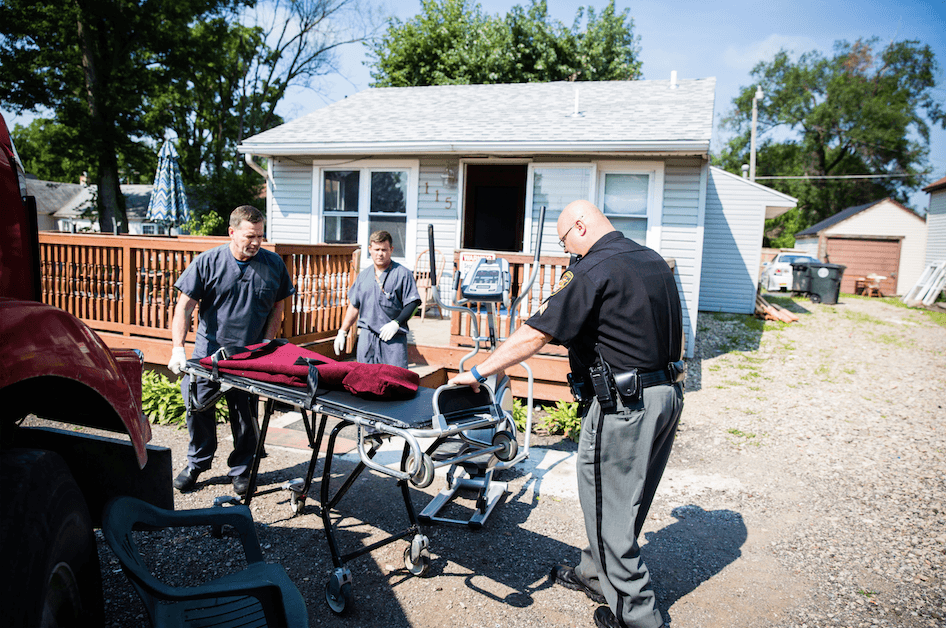Fueled by the opioid crisis—particularly the flood of powerful synthetic opioids such as fentanyl from China—drug overdose deaths increased by at least 6.6 percent in 2017, according to provisional data by the Centers for Disease Control and Prevention (CDC).
More than 71,500 Americans died of a drug overdose, with at least 68 percent of those deaths attributed to opioids.





